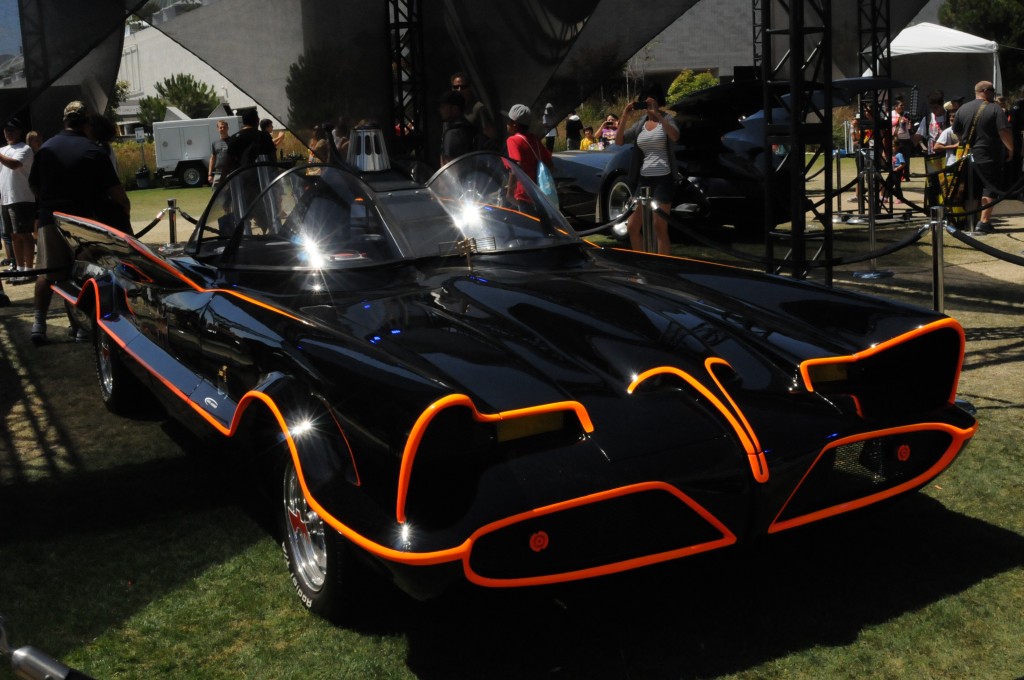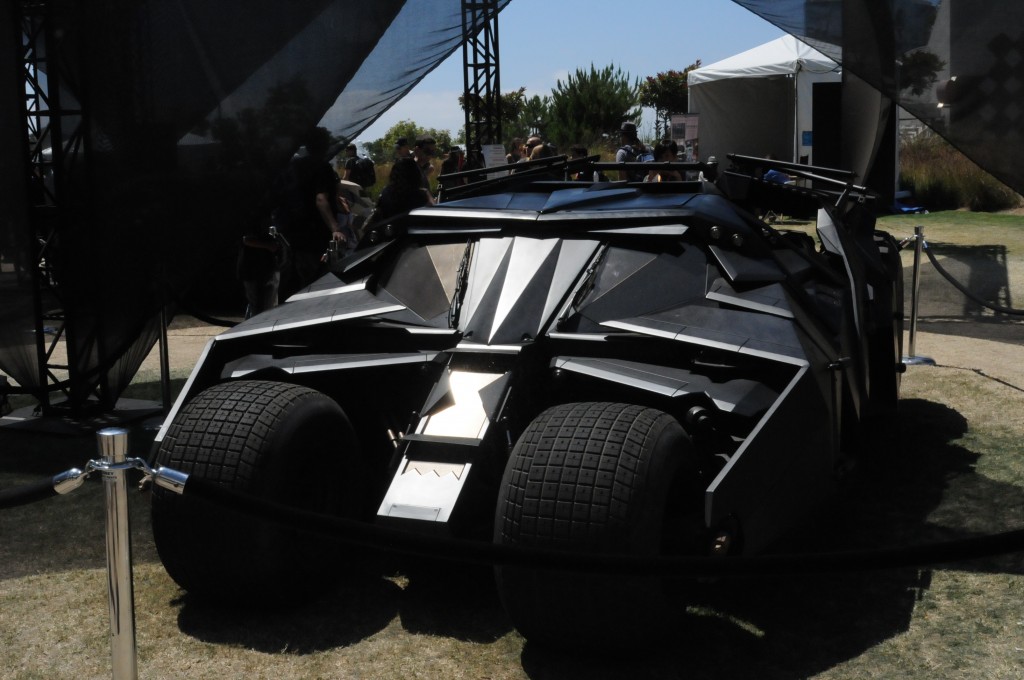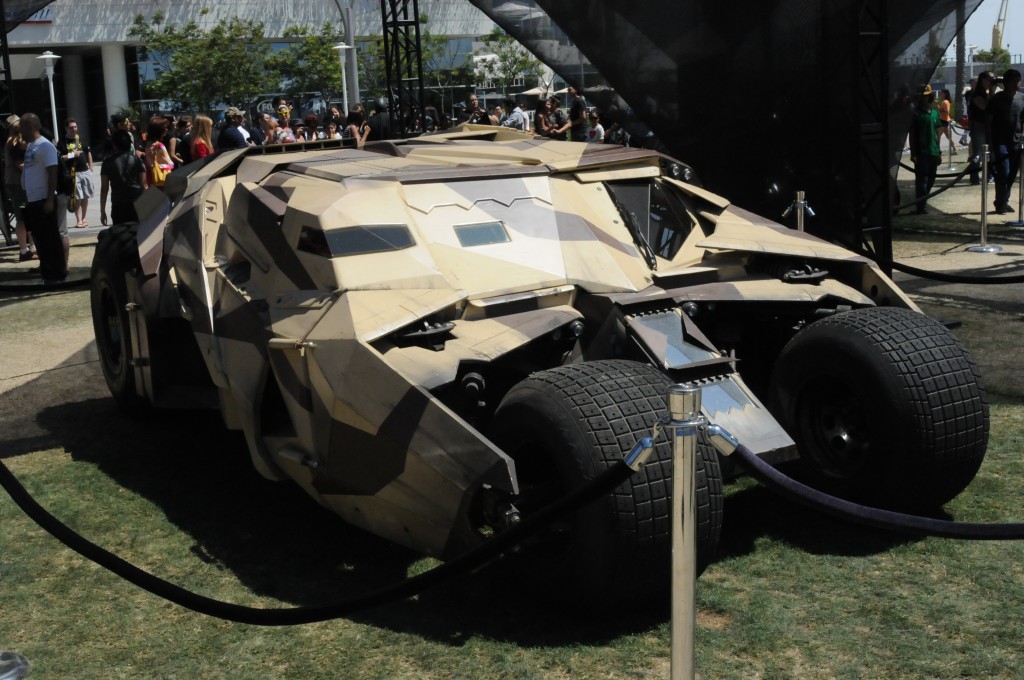If you're a home-schooling parent, a teacher, publisher, school librarian, or simply a parent involved in your kid's education, my bet is that you've heard of common core standards, and IF by some chance you haven't...you will...more and more as common core standards are the latest buzz effecting publishing and educational decisions across the country.
What are Common Core Standards?
The Common Core Standards are 'suggested' standards set for K-12 students. And, while not federally mandated, they are the initiative of the National Governors Association Center and the Council of Chief State School Officers set up in 2008. These standards relay educational goals for in science, math, language arts, and social studies across the United States to:
"... ensure that all students, no matter where they live, are prepared for success in postsecondary education and the workforce....Common standards will provide a greater opportunity to share experiences and best practices within and across states that will improve our ability to best serve the needs of students." (... from the Common Core State Standards website)Many politicians, parents, publishers, and educators approve of these standards as they help guide curriculum, making it easier to write and sell educational products across the country. And, in theory, they should be guiding classroom readings, labs, and curricular goals so that, to borrow a phrase, no child gets left behind. Its critics, however, fear that these standards will lead to more and more testing to make sure such standards are met, and may cause many school boards which may have recently spend a great deal of money investing in text books to have to reinvest again at a time when school boards are extremely strapped for cash.
To date, all states but Texas, Alaska, Virginia, Minnesota, and Nebraska have signed onto following the Core standards for math and English language arts; many in part in order to compete for the $5billion in Race to the Top funds from the U.S. Department of Education (which was won by 11 states, plus the District of Columbia and is now closed).
A Bird's Eye View of the Standards:
Karen Springen, in Publisher's Weekly (July 18, 2012) notes that:
...as noted in the standard's criteria for publishers, scientific and historical texts should receive the "same time and weight as literary text." By the 2014-15 academic year, the initiative calls for 50% informational text (including textbooks, essays, speeches, newspaper articles, and nonfiction trade books) in elementary school and 70% in high school - on average, across all curricula...David Coleman, a lead writer of the Core's English language arts plan. [notes that].."The celebration of nonfiction's role is not meant to be at the expense of fiction." The nonfiction-to-fiction ratio currently being taught in schools nationwide is unknown, but Coleman says the new split is based on the ration found in the National Assessment of Educational Progress test.Springen then continues to note that many critics are skeptical, in part because as she states, "David Coleman has never taught English....[and] there's no research that shows informational reading will make kids ready for college. What's more, critics say no one has tested the initiative to see whether it works. Then, there is Appendix B- a huge source of criticism as it provides
...what it calls 'exemplars' of language arts texts...[many of which] are outdated [a 1992 book about Mars, for example]... [or] out of print...Steve DelVecchio, a public librarian in Seattle and a former teacher and school librarian, edited Appendix B in 2009 and says that it is meant to show the types of materials that meet Core standards...[But] as it turns out, many educators are, in fact, treating Appendix B as a national reading list....While many may be put-off by the 50-50 split of fiction/non-fiction, I have no problem with it as there some absolutely fantastic "non-fiction" books that read more like fiction than the "non-fiction" I grew up with. AND, graphic novels can play a huge role in making the non-fiction come to life while addressing the goal that "teachers are directed to have students compare multiple sources in multiple formats and to give more sourced evidence supporting personal opinions." Furthermore, Appendix B notes that "visual elements are particularly important in texts for the youngest students and in many informational texts for readers of all ages."
So, for all concerned, or simply curious, here are some GREAT non-fiction reads that would be superb asserts to any home or school library:
Graphic novels for middle school and older:
- Laika by Nick Abadzis (Grade 4+) is a graphic novel about Laika and her owners/care takers and relates the space race from the Soviet perspective. I highly recommend reading this and then reading Homer Hickham's October Sky (the story of the 1950's space race from an American boy's perspective).
- Lewis and Clark by Nick Bertozzi (Grades 4+) a non-fiction graphic novel and visual/verbal gem recounting how the expedition was organized and the perils its members faced.
- Northwest Passage by Scott Chantler (Grades 4+) a non-fiction graphic novel that relays this pivotal story in American history(with author annotation to help those novice visual readers AND provides additional reading suggestions and historical details.
- Feynman by Jim Ottaviani and Leland Myrick (Grades 8+) graphic novel - relates Nobel winning physicist Richard Feynman's life from childhood, his work on the Manhattan Project, his exposure of the Challenger disaster, his work on quantum electrodynamics, and his antics in art and music.
- Persepolis (Satrapi, M.) (Grade 10+) - graphic novel depicting the story of childhood in Iran (recommended for mature middle school - high school);
- Malcolm X: A Graphic Biography (Helfer, R.D.) - graphic novel - critiques the Civil Rights Movement and Malcolm X's life (recommended for high school);
- The Silence of Our Friends by Mark Long, Jim Demonakos and Nate Powell (Grades 6+) - a true story about a white male reporter and his family living in Texas during the Civil Rights Movement who must make career and life choices while trying to do the 'right thing."
- Marathon by Boaz Yakin & Joe Infurnari (Grades 7+) is the story of a Eucles, an Athenian messenger who in 49 ran over 300 miles to save Ancient Greece from being subjugated into the Persian Empire. This marathon runner was the turning point in ancient history, and the foundation of the modern Olympic Games. SUPER read - especially now.
- Journey into Mohawk Country by George O'Connor (Grades 5+) tells the story of Harmen Meyndertsz van den Bogaert who at age 23, ventured into Mohawk territory with guides, maps and some food, trekking through freezing temperatures, to revive the struggling fur trade.
- The United States Constitution: A Graphic Adaptation by Jonathan Hennessey and Aaron McConnell (Grades 6+) is one of the BEST books I've ever read dealing with our Constitution. It describes the precipitating factors and events that led to our Nation's birth and clearly and succinctly details our Constitution's preamble and twenty-seven Amendments.
- XOC: The Journey of a Great White by Matt Dembicki. Xoc (pronounced shock and believed to be a ancient Mayan word for shark) ALL AGES follows the journey of a great white shark from the Farallon Islands off the coast of San Francisco to Hawaii and back. The author uses exceptional prose, vocabulary and a great dollop of alliteration as he describes the adult life of this female carnivorous giant. Readers are not only exposed to etymology, vocabulary and literary devices, they learn about the lives of sharks, sea turtles, seals, dolphins, whales, ecology, pollution, the "Great pacific Garbage Patch" and much more.
- Farewell to Manzanar by Jeanne Wakatsuki Houston and James D. Houston (Grades 5+) prose text - a true story of a Japanese-American family sent to an internment camp near San Pedro California during World War II. This is a riveting, thought-provoking and heart-wrenching story of prejudice, hate, and fear. Remnants of the camp remain and are now a national park - well worth a visit after reading the book.
- October Sky by Homer Hickham tells the story of the 1950's space race from an American boy's perspective.
- The Notorious Benedict Arnold: A True Story of Adventure, Heroism & Treachery by Steve Sheinkin (Grades 5+) - the author tells this swashbuckling story of Benedict Arnold's life in chronological order with tension and excitement and includes several maps to help visualize this history and critical battles.
- Into the Unknown: How Great Explorers Found Their Way by Land, Sea, and Air by Stewart Ross and illustrations by Stephen Biesty (Grades 3+) in engaging chapters with stunning art Ross and Biesty relay the brave adventures of Leif Eriksson, Marco Polo, Ferdinand Magellan, Captain Cook, Pytheas the Greek and more.
- How Much is A Million - by David M. Schwartz, illustrated by Steven Kellogg (Grades 1+) relays mind boggling images to show kids just how much a million is.
- Island: A Story of the Galapagos by Jason Chin (Grade 2+) - a picture book whose words and illustrations beautifully depict the story of these islands and their inhabitants - from their birth six million years ago, to 1895 where little remains above water.
- Barnum's Bones: How Barnum Brown Discovered the Most Famous Dinosaur in the World by Tracey Fern; illustrated by Boris Kulikov (Grades K+) - tells Barnum's story from childhood to his hunting for dinosaurs for the American Museum of Natural History, discovering one (a T-Rex) in 1902 and how he dug and fit the bones together.
- Bird Talk: What Birds are Saying and Why by Lita Judge (Grades 1-4) nicely fits in to science and natural history curricula and science discovery as it talks about the different ways birds communicate (song, dance and drum, cuddle, flight) and what they mean.
- Life in the Ocean: The Story of Oceanographer Sylvia Earle by Claire A. Nivola (Grade K-3) is a short biography of Sylvia Earle, a pioneer and entrepreneur in her filed. The stunning watercolors and straightforward narrative highlight Earle's career and love for the ocean and its exploration.
- Lincoln's Last Days - by Bill O'Reilly (Grades 5+) which will be out in late August and is a graphic text written in prose with maps, photos and illustrations. I have a post coming out very soon about this one!
- Zero the Hero by Tom Lichtenheld (Grades 1-5) is all about math, roman numerals, and the value of zero.
- The Plant Hunters: True-Stories of Their Daring Adventures to the Far Corners of the Earth - by Anita Silvey - (Grades 3-7) depicts the risks (tigers, fever, murder and more) eighteenth and nineteenth century explorers and scientists faced in their search for new and unusual plants.
- Citizen Scientists by Loree Griffin Burns (Grades 3-7) - graphic text - This 'activity' book is divided into seasonal sections, inviting readers to participate in actual science experiments. The photos/illustrations, and the layout and graphics are inviting. There is a field guide in each section as well as a resource section.
- Paiute Princess by Deborah Kogan Ray (Grades 3+) - using original sources, the author tells of about the life of Sara Winnemucca (grand-daughter of Chief Truckee) and how American Indians of Nevada, the Paiute Kuyuidika-a band coped with the expanding railroad and ranchers squeezing the Paiutes' living space and ability to survive.
- To the Mountaintop: My Journey Through the Civil Rights Movement by Charlayne Hunter-Gault (Grades 7+) about one of the first two students to successfully desegregate an all-white college in the South. In addition to her own story, she includes background history of court rulings pertinent to the story and each chapter begins with reproductions of partial pages from The New York Times to help tell the story.
- Seahorses by Jennifer Keats Curtis, illustrations by Chad Wallace (Grades k-3) a beautifully illustrated book with wonderful facts about seahorses (being released this September)
- From the Good Mountain: How Gutenberg Changed the World by James Rumford (Grades k-3) - this book tells the story of Gutenberg and his press, and how books are made/assembled through stunning art, riddles, and questions and answers.
- David Macaulay Readers (Grades 3+)
- Castle: How it Works
- Jet Plane: How it Works
- Publishers say how toilets work will be next!!!!
FOR EVEN MORE... AND FOR ALL INTERESTED...I have another post "HE## YES!!! GRAPHIC NOVELS MEET COMMON CORE STANDARDS: HERE'S WHY AND A LIST OF MY FAVORITES"
This post relates GREAT graphic novel reads, how they meet Common Core Standards, how they meet the National Council for Social Studies Teaching Standards, and how they can make learning math, science, social studies and language arts FUN! Please check it out: http://departingthetext.blogspot.com/2012/09/he-yes-graphic-novels-should-be-used-to.html
Some Great Reading Links:
- Young Adult Summer Reading: Lots of Choices and Places to Look
- Great Reads for Avid 4th and 5th Grade Readers
- Laika...Space Dog
- Common Core Standards
- Popular Young Adult Nonfiction Books
One final note before closing: Selecting graphic novels can be difficult as many of those mentioned above are not on book store shelves. Most of the graphic novels above are from First Second and ONI who publish quality kids graphic novels and are the the first places I tend to check for great quality kids' reads.





